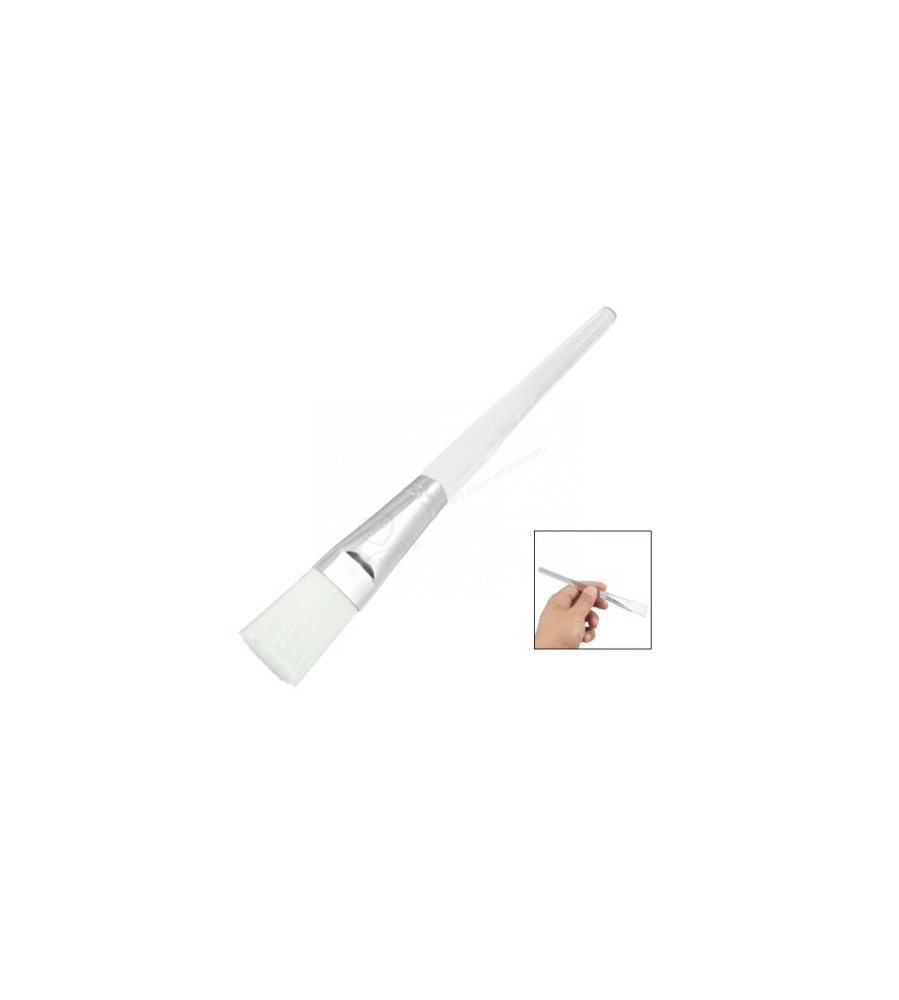



The Basic Steps of a Facial
Consultation. A facial should begin with a consultation. You might fill out a form with questions about your skin concerns, your diet, how much water you drink, which drugs and supplements you take, and products you are currently using. Retin-A and other drugs can affect your skin and what kind of treatments the esthetician recommends. More commonly, the esthetician will simply ask about your skin concerns and if you are using Retin-A.
Preparations. Usually, the esthetician offers a wrap that goes around your body and underneath your arms, then closes with velcro. She leaves the room so you can put it on in privacy. Some people remove all their clothes before putting on the wrap, some leave their pants on, and some even leave their bra on and put the straps underneath their arms. And at some spas, you are invited to take off some or all of your clothes and get between the sheets. Don't worry too much ------ the esthetician will let you know the protocol where you are.
Cleansing. Usually, the esthetician starts by wrapping your hair with a towel or headband to keep product off of it. The first step is thorough cleansing, using cotton pads, esthetician wipes or sponges. Most professional facials do a double-cleanse.
Skin Analysis and Cleansing. Depending on whether you have make-up on, the esthetician might look at your skin under a bright lamp first, or covers your eyes and looks at your skin through a brightly lit magnifying lamp. She is determining your basic skin type (dry, oily, combination, sensitive or normal) and skin conditions (acne, blackheads, whiteheads, aging, sun-damage, dehydration, etc.). The esthetician then chooses the appropriate products and treatments and consults with you about what he or she sees and recommends.
Steam. Most facials use a machine that directs a thin vapor of warm steam to your face. This is relaxing and helps softens up any blackheads and whiteheads to be extracted. If you have very sensitive skin, the esthetician may not use steam.
Exfoliation using a mechanical or chemical exfoliant. Mechanical exfoliants have a gritty texture that rubs away the surface dead skin cells. This type of exfoliation usually happens during the steam. Chemical exfoliation uses enzymes and acids to loosen the bond between skin cells. A gentle enzyme treatment can be done during the steam. Stronger chemical peels, which vary in intensity, can be a stand-alone treatment or part of the facial. It is not generally an "upgrade" and done in a series. It is not done with steam.
Extractions. This is the removal of blackheads or whiteheads if you want it and need it. People have different pain tolerance for extractions. They can be uncomfortable, especially on thin or ruddy skin. Extractions can cause broken capillaries and discoloration if done improperly.
Facial massage using classic strokes like effleurage to both relax you and stimulate your skin and facial muscles.
Facial mask targeted to your skin type (dry, oily, combination, sensitive, mature) and condition. During the facial, the esthetician should stay in the room and give you a scalp massage or some other service. If they leave the room to let you "relax," don't go back.
Final application of toner, serums, moisturizer, and sunscreen if it's daytime.
Advice on home skin care. The esthetician will tell you how she thinks you can take better care of your skin and recommend products. Some people feel uncomfortable with this step because it involves product recommendations, but it is part of her job. You aren't obligated to buy anything, and he or she shouldn't be too pushy or make you feel bad about your skin.